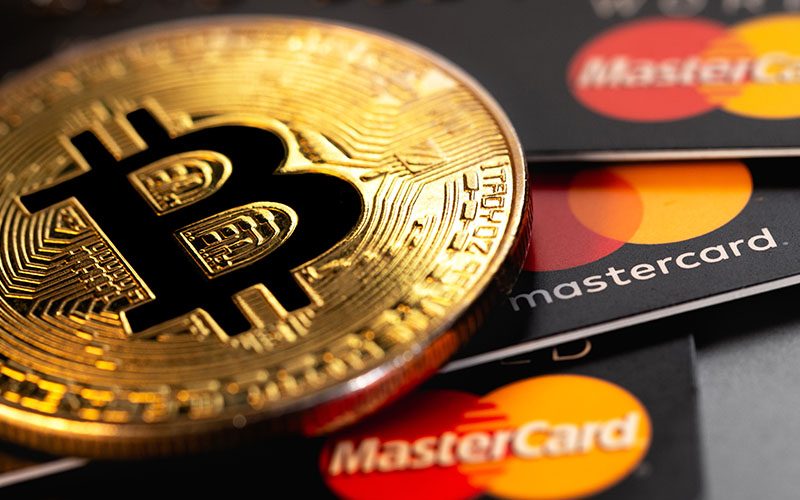Crypto as a Complement, Not a Competitor
Mastercard is not looking to overturn the financial system with cryptocurrency. Instead, the company views digital assets as a way to enhance its decades-long mission—facilitating secure and compliant transactions. According to Mastercard’s Head of Crypto and Blockchain, Raj Dhamodharan, crypto isn’t a revolution, but an evolution aimed at enriching the current payment framework rather than replacing it.
Building Bridges, Not Silos
Rather than launching its own crypto ecosystem, Mastercard is focused on interoperability. By partnering with platforms like MetaMask, MoonPay, Bitget, and Kraken, it has integrated crypto on-ramp and off-ramp services into its global network. These collaborations also support crypto-linked cards, which automatically convert digital assets to fiat currency during checkout—offering users a frictionless experience.
Mastercard’s commitment to integration is especially evident in its work with non-custodial wallets. Collaborating with MetaMask, the company developed a smart contract architecture that allows real-time wallet balance verification before a transaction is approved. This innovation helps preserve security without sacrificing usability.
Stablecoins and Blockchain: Practical Over Hype
While stablecoins often generate headlines as potential game-changers, Mastercard treats them as tools—not threats. The company sees stablecoins as an efficient solution for cross-border settlements and a means to reduce currency exchange risks. However, it remains firm on maintaining its core features, like fraud protection and dispute resolution, which stablecoins don’t currently offer.
In fact, stablecoin transaction volumes have recently outpaced Mastercard’s own. Still, the company stresses that its value proposition lies in regulatory compliance and user trust—something blockchain networks often struggle to guarantee.
Though Mastercard hasn’t launched its own blockchain, it’s not ruling out the possibility. If existing technologies fall short of the company’s needs, building a proprietary blockchain remains an option on the table.
Recent Developments and Regulatory Readiness
In April 2025, Mastercard announced a comprehensive strategy to integrate stablecoins across the board. This includes wallet functionality, card issuance, merchant settlements, and on-chain remittances. The initiative involves major partners like Circle, Paxos, OKX, Nuvei, and Kraken.
The broader regulatory climate is also shifting. U.S. lawmakers are advancing the GENIUS Act, aimed at stablecoin regulation. Mastercard, alongside competitors like Visa and PayPal, stands to benefit as legislation catches up with digital finance trends.
The company has already begun rolling out support for Fiserv’s FIUSD stablecoin, allowing users to make purchases with stablecoin-linked cards throughout Mastercard’s vast merchant network.
What Lies Ahead for Mastercard in Crypto
Looking forward, Mastercard plans to:
- Expand partnerships that integrate crypto into card and wallet services.
- Deepen its use of stablecoins for settlements and cross-border payments.
- Maintain an interoperability-first strategy, with a blockchain solution in reserve.
- Stay aligned with evolving global regulations to ensure compliant crypto integration.
In summary, Mastercard isn’t diving headfirst into the crypto world. Instead, it’s thoughtfully weaving digital assets into its trusted payment infrastructure—emphasizing security, regulation, and ease of use every step of the way.
